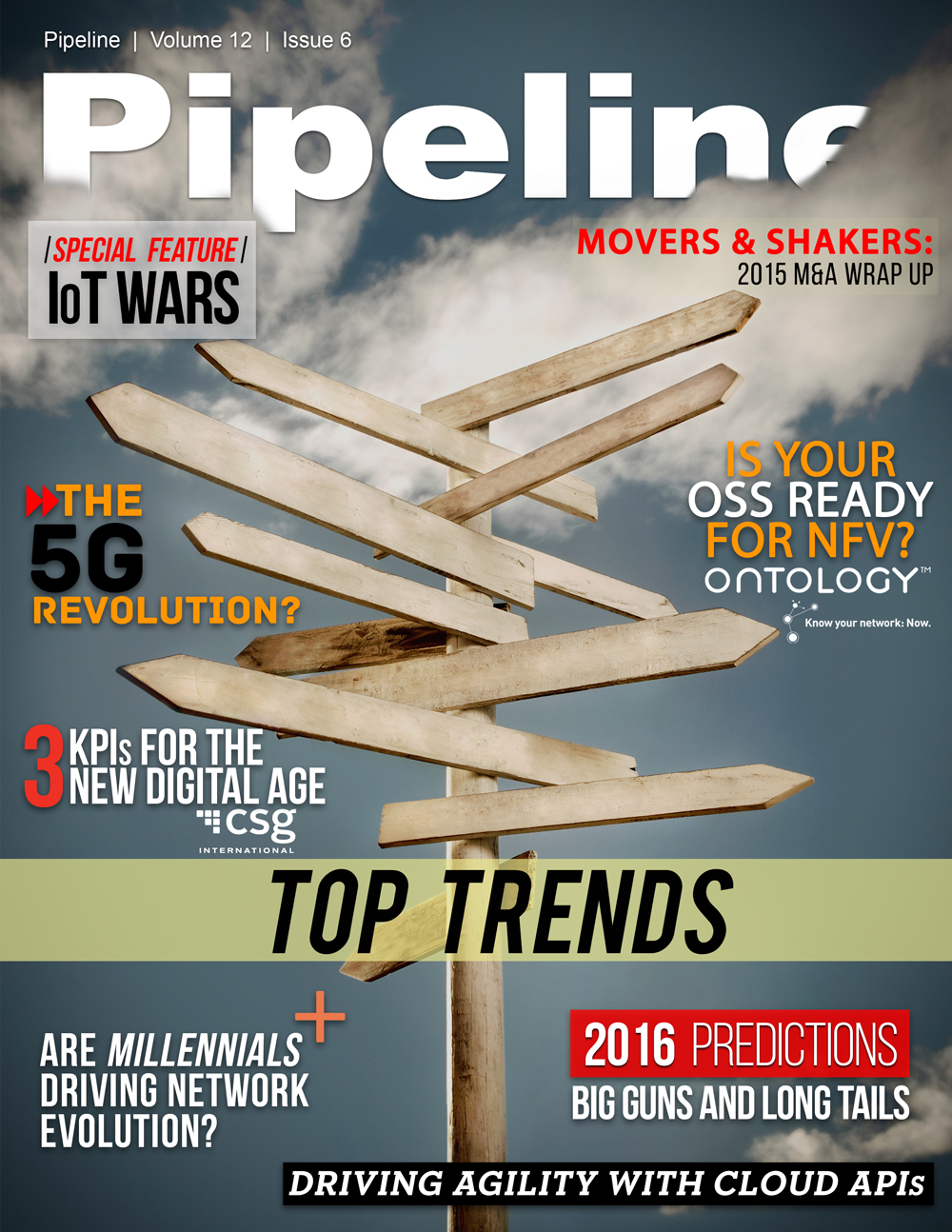The 5G Revolution?
Another technological approach to address the demands of 5G is edge caching. Currently, applications that require data in real-time are serviced by data centers at the far end of long-haul fiber networks. The ever increasing demand for data, made available by the improvement in communications technologies, will tax the capacities of these existing data centers. To combat this, servers and computing capabilities can be field-deployed at the edge of the cellular and WiFi networks. These servers can cache local and high-demand data nearer the point of transmission, which in turn reduces the demand on the long-haul fiber networks and the data centers. Further, the closer proximity to the edge provides a reduced latency and the potential for greater data rates, both goals of 5G. We're already seeing this methodology take root in mobile network with approaches such as Liquid Apps from Nokia Networks in the RAN network.
Other areas where research and development are still required to make 5G a reality include better antenna technologies to address the range of the required higher-frequency radio waves for broadband data communications, device-to-device communications to provide cooperative relay techniques for increasing coverage, technological means of implementing spectrum sharing via software-defined radio as in the IEEE 802.22 specifications for Wireless Regional Area Networks and many more.
Issues also exist around the availability of radio spectrum for 5G services. Currently the vast majority of mobile communications takes place at frequencies below 3 GHz. However, these frequencies cannot provide sufficient bandwidth to support the expected demand of 5G networks. To accommodate them, FCC Commissioner Jessica Rosenworcel recently said that spectrum as high as 90 GHz may be required to support 5G. Currently the FCC and other global communications standards committees have not provided substantial allocation of these higher frequencies. Further, unless a consistent global standard emerges for the use of radio spectrum, consumer devices might not work across different providers’ cellular infrastructures.
Although some of these challenges are still to be addressed, the industry as a whole appears confident that these 5G technology issues can be resolved.
5G Applications
We are being driven to 5G by a variety of applications, but these applications can be grouped into three major categories. The first is the demand for real-time, critical data applications where communications latency is a major factor. The second is for high-bandwidth applications, which generally fall into the entertainment and content-delivery category. Finally, there is the demand of the Internet of Things, which generally doesn’t require high bandwidth nor large amounts of data to an individual device, but that massive numbers of these devices be supported, potentially in a very dense physical proximity. Some examples of applications in each of these categories should help illustrate the major differences between them.
The first category is the real game-changer in mobile communications and will likely be a primary driver of 5G adoption. Many applications that require rapid, low-latency response and high QoS levels have eluded the existing 4G infrastructure. These applications primarily include the control of mobile machinery such as construction equipment, driver-less cars, emergency recover systems for mining, drilling and underwater applications and other activities where response time and assured communications is essential. Some have even suggested that low-latency 5G technology might support such mission-critical tasks as remote robotic surgery.
The second category is one we are all familiar with as one of the primary drivers of bandwidth and continuous connectivity demands. Streaming of both recorded and live video is becoming an ever increasing component of our data demands. Not only are we expecting immediate access, but playback without interruption at extremely high resolutions for both mobile and fixed-location devices is going to be demanded by consumers. 5G will be required for delivery of 4K, 8K, HDR media. This becomes particularly challenging when the content needs to be delivered to locations where there is a high density of devices, such as sporting events or community gatherings, or when the mobile devices are in motion at a high rate of speed (think airplanes and trains) where rapid and reliable hand-off between cell towers and other access points is critical.


















